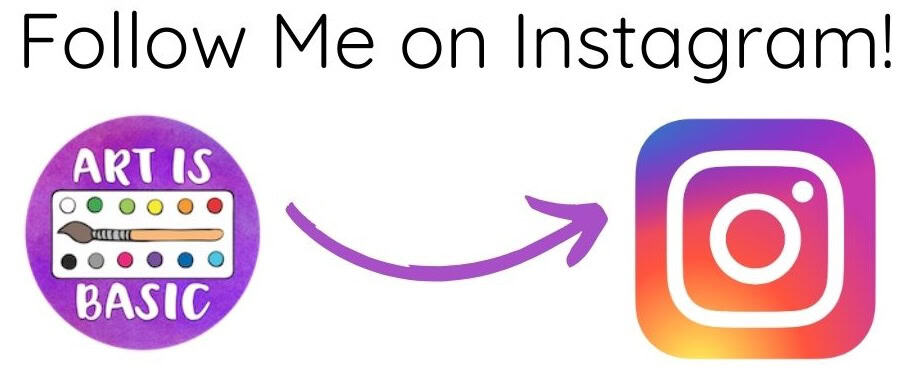On Friday, we had a visit to our school by author and illustrator Duncan Tonatiuh.

See his artwork here. He is both Mexican and American. He grew up in San Miguel de Allende, Mexico and graduated from Parsons School of Design in New York City.
 His artwork is inspired by Pre-Columbian art, particularly that of the Mixtec codex. His goal is to create images and stories that honor the past, but that are relevant to people, especially children, nowadays. His books are beautiful and he is a great example of how artists can be inspired by ancient artwork or other art throughout history. He is also a good example of how artists can combine traditional hand drawing and digital coloring methods.
His artwork is inspired by Pre-Columbian art, particularly that of the Mixtec codex. His goal is to create images and stories that honor the past, but that are relevant to people, especially children, nowadays. His books are beautiful and he is a great example of how artists can be inspired by ancient artwork or other art throughout history. He is also a good example of how artists can combine traditional hand drawing and digital coloring methods.

Duncan drew a picture during his presentation. Photo taken by Katie McEnaney.
His images are inspired by ancient Mexican art, especially the Mixtec codex of the 14th and 15th centuries. Like the people and animals in the codex, the figures in his illustrations are always drawn in profile– their entire bodies are usually shown and their ears often look like a number three. The heads only show one eye and are not meant to be realistic, but stylized. The Mixtec Codex artwork was drawn on paper made from tree bark or animal hide. They were made into fold out, accordion books.

Here is an example of the Mixtec Codex artwork.

It is similar to the ancient Egyptian style of painting, which has characteristically rigid and stylized. The Egyptians showed the human form from the most familiar angle, the profile view. The left and right foot were also facing the same way.

As a kid, Duncan was interested in manga, comic books and anime. He developed this characteristic style of drawing in college, when he became more interested in the art from his home country. He said that when you grow up somewhere, you might not really pay attention to what is around you. When he moved to a different country he realized how the traditions and artwork from where he grew up were unique and special.
In his book Dear Primo: A Letter to My Cousin, a boy and his cousin write back and forth describing the differences between their daily lives in America and Mexico. It was a fictional book, but it was inspired by his observations and experiences in his community. Some of the things in the book were things he did as a kid. He showed how things were different in their lives, but also there were a lot of similarities (for example, one plays futbol and one plays basketball, but they both like sports).
The above picture is also a good example of how he uses scanned textures to color in parts of his pictures. He will scan in texture such as blue jeans or brown paper bags. He draws the initial picture by hand with a black marker and then does all of the coloring with scans and digital coloring.
Here is a video from YouTube that shows his process.
His new book is coming out in the fall of 2017 and is a biography of Amalia Hernandez, who founded Mexico’s Folkloric Ballet. His wife is a dancer and her mom was part of the Folkloric Ballet so that is how he got his idea for this book. It should be a wonderful book, with lots of different pictures of traditional Mexican dances from many regions.
Here is Duncan drawing a boy in his characteristic style.


He answered all kinds of questions for us and even stood on his head!

If you teach about Diego Rivera, he has a book about his life and art that you may be interested in.
Have you heard of Duncan Tonatiuh before? Do you have any of his books?
Check back again in a couple of weeks, because my 4th/5th graders are creating artwork inspired by his illustrations. When they are finished I will share those with you.
Thanks for reading! (Amazon Affiliate links have been used in this blog post.)
Discover more from Art is Basic | Elementary Art Ideas
Subscribe to get the latest posts sent to your email.






























His art reminds me of Tomie DePaola’s art. I love the clean, flat look.